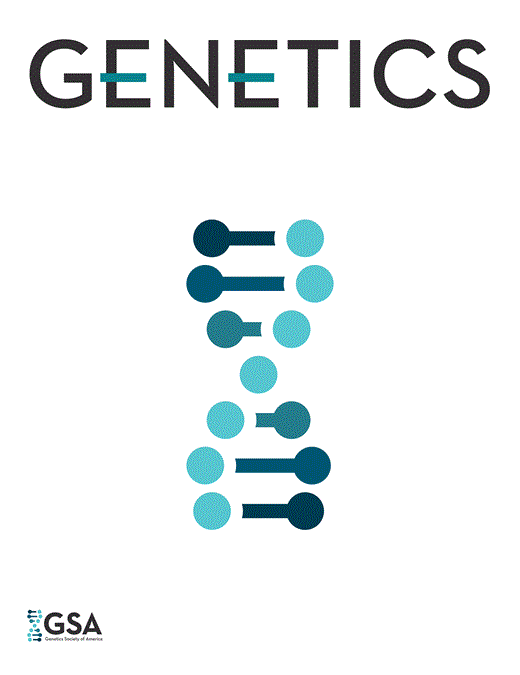-
PDF
- Split View
-
Views
-
Cite
Cite
Takeo Maruyama, Paul A Fuerst, ANALYSES OF THE AGE OF GENES AND THE FIRST ARRIVAL TIMES IN A FINITE POPULATION, Genetics, Volume 105, Issue 4, 1 December 1983, Pages 1041–1059, https://doi.org/10.1093/genetics/105.4.1041
Close - Share Icon Share
ABSTRACT
The age of a mutant gene is studied using the infinite allele model in which every mutant is new and selectively neutral. Based on a time reversal theory of Markov processes, we develop a method of mathematical analysis that is considerably simpler for calculating the various statistics of the age than previous methods. Formulas for the mean and variance and for the distribution of age are presented together with some examples of relevance to cases in natural populations.—Theoretical studies of the first arrival time of an allele to a specified frequency, given an initially monomorphic condition of the locus, are presented. It is shown that, beginning with an allele that has frequency p = 1 or an allele with frequency p = 1/2N, there is an initial lag phase in which there is virtually no chance of an allele with a specified intermediate frequency appearing in the population. The distribution of the first arrival time is also presented. The distribution shows several characteristics that are not immediately obvious from a consideration of only the mean and variance of first arrival time. Especially noteworthy is the existence of a very long tail to the distribution. We have also studied the distribution of the age of an allele in the population. Again, the distribution of this measure is shown to be more informative for several questions than are the mean and variance alone.



